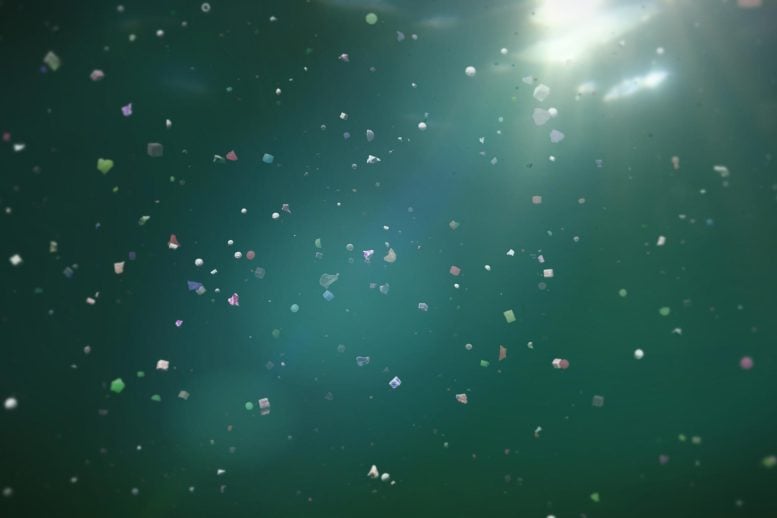
According to new research, plastic pollution in the ocean may serve as a source for new antibiotics.
Many environmentalists point to plastic pollution in the ocean as a large and growing problem, pointing to the Great Pacific Garbage Patch and how even the High North can’t escape the global threat of plastic pollution. Another serious, though seemingly unrelated problem is the global health threat from antibiotic-resistant bacteria.
These disparate issues come together in new research, where scientists have found that ocean plastic pollution could be a source for new antibiotics that may be effective against effective antibiotic-resistant bacterial strains.
Plastic pollution in the ocean may serve as a source for novel antibiotics, according to a new student-led study conducted in collaboration with the Scripps Institution of Oceanography. The research will be presented at the American Society for Microbiology’s conference in Washington, D.C. on June 9-13, 2022.
Scientists estimate between 5 and 13 million metric tons of plastic pollution enter the oceans each year, ranging from large floating debris to microplastics onto which microbes can form entire ecosystems. Plastic debris is rich in biomass, and therefore could be a good candidate for antibiotic production, which tends to occur in highly competitive natural environments.
To explore the potential of the plastisphere to be a source of novel antibiotics, the researchers modified the Tiny Earth citizen science approach (developed by Dr. Jo Handelsman) to marine conditions. The researchers incubated high- and low-density polyethylene plastic (the type commonly seen in grocery bags) in water near Scripps Pier in La Jolla, California for 90 days.
The researchers isolated 5 antibiotic-producing bacteria from ocean plastic, including strains of Bacillus, Phaeobacter, and Vibrio. They tested the bacterial isolates against a variety of Gram-positive and negative targets, finding the isolates to be effective against commonly used bacteria as well as 2 antibiotic-resistant strains.
“Considering the current antibiotic crisis and the rise of superbugs, it is essential to look for alternative sources of novel antibiotics,” said study lead author Andrea Price of National University. “We hope to expand this project and further characterize the microbes and the antibiotics they produce.”
This project was part of a STEM education project funded by the National Science Foundation.
Meeting: Microbe 2022

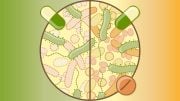
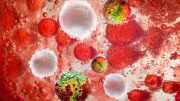
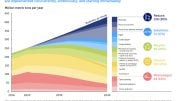
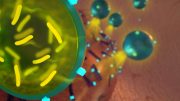
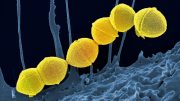
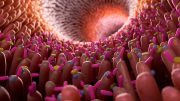
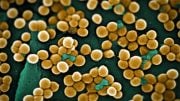
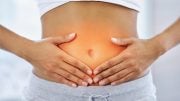
Be the first to comment on "Plastic Pollution in the Ocean May Harbor Novel Antibiotics"